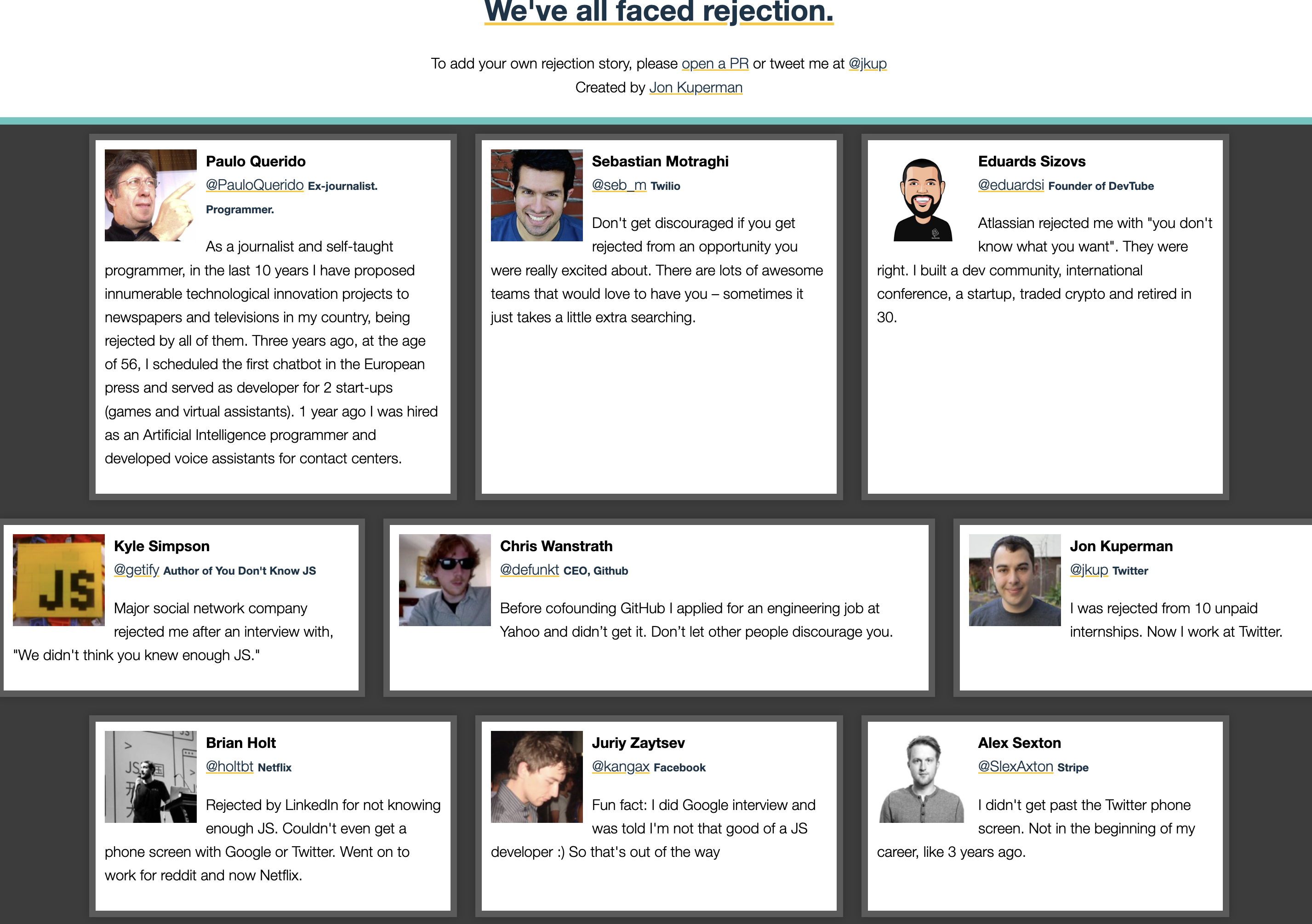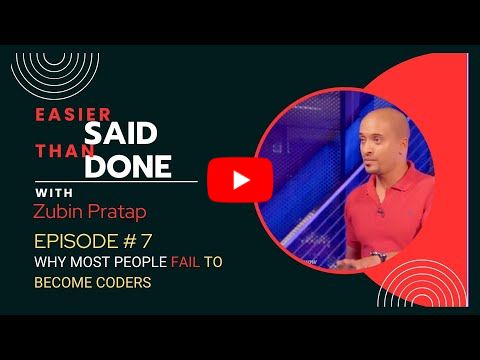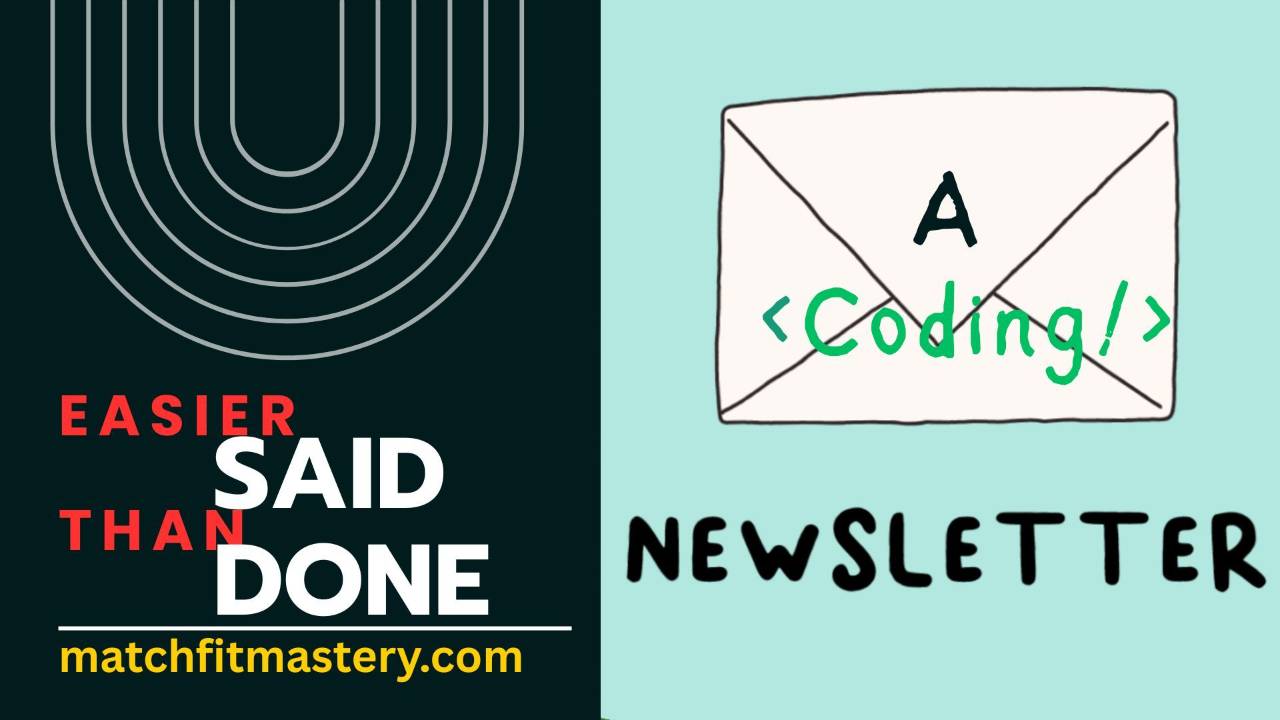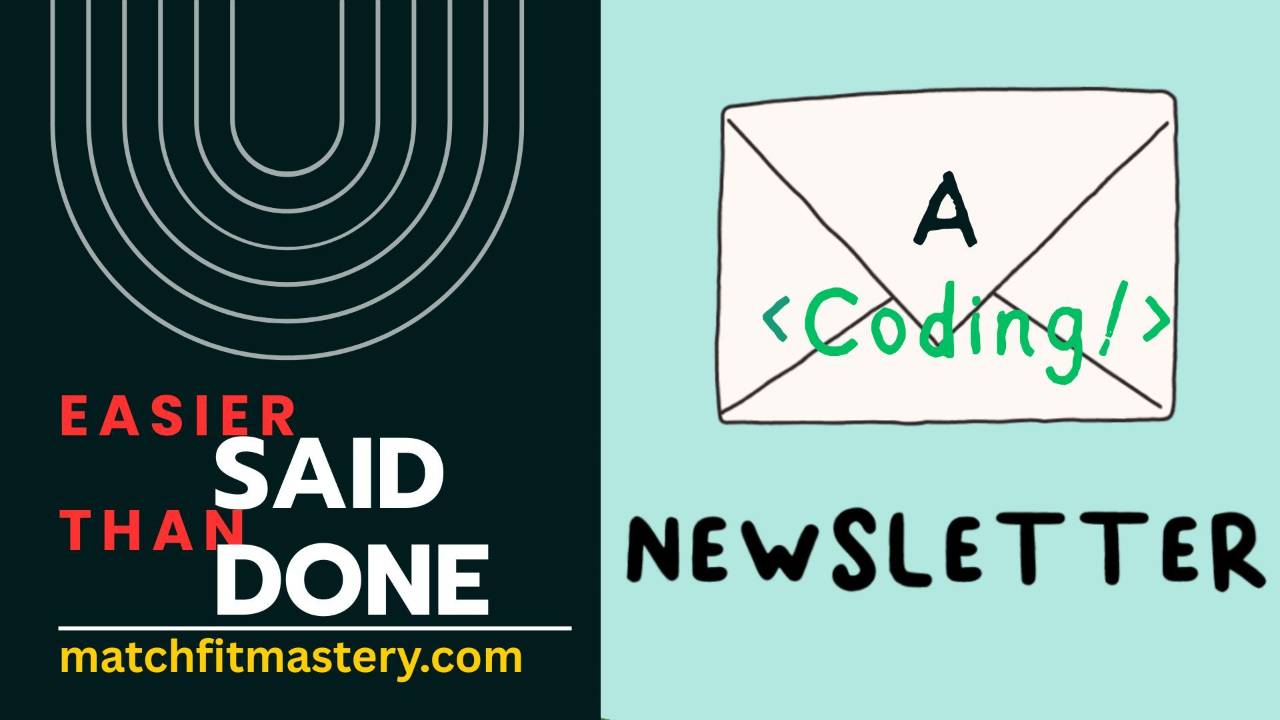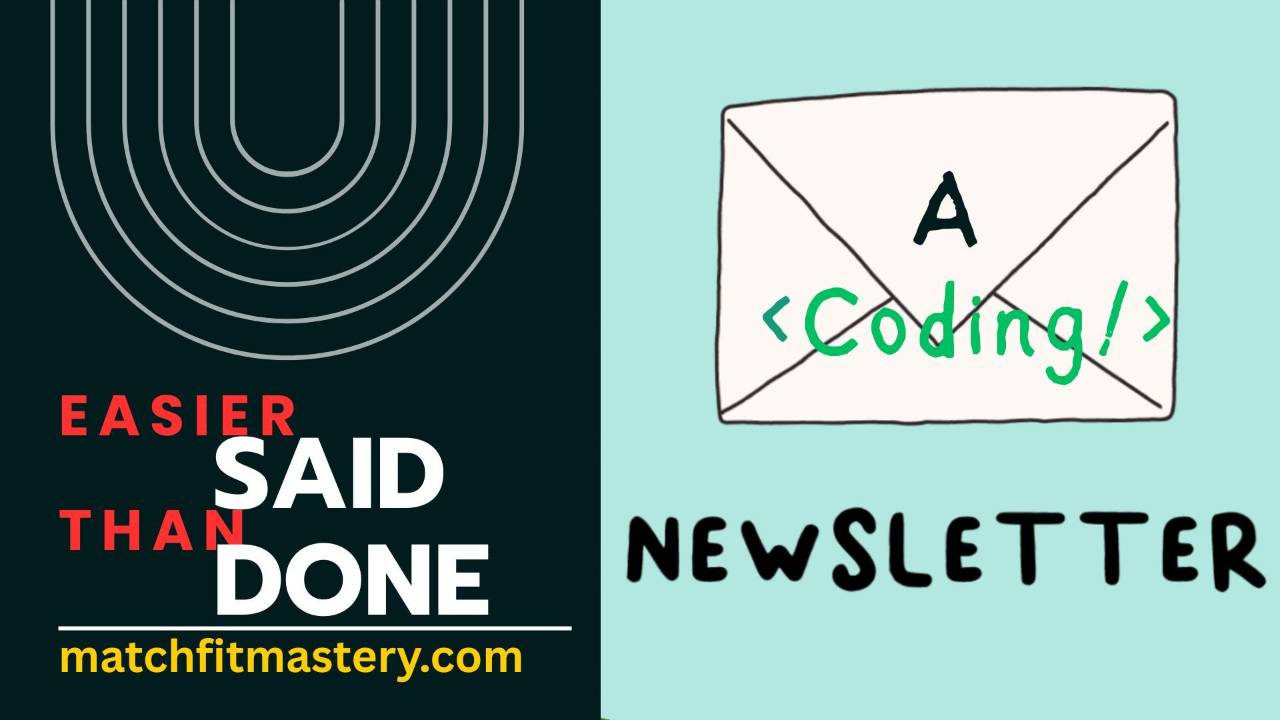The Highlight Reel Killed Resilience: Why Your Rejections Are Actually Proof You're Getting Closer
Everyone you see on LinkedIn landed their dream job.
They got the offer. They posted the celebration. Their journey looks clean. Linear. Like they knew exactly what they were doing the whole time.
You know what they didn't post? The rejections. The failed interviews. The months where nothing happened. The times they questioned whether they could actually do this.
Most of reality never makes it to LinkedIn. What’s normal is INVISIBLE.
And that invisibility is killing your resilience.
The Two Types of Failure
Here's what most career changers don't realize: Not all failures are created equal.
There's blind failure. You interview poorly. You feel terrible. You interview again using the same approach. You fail the same way. You learn nothing. You just get more depressed.
Then there's educational failure. You interview poorly. You sit down and trace through what happened. You identify specifically where you went wrong—your explanation was unclear, you didn't ask clarifying questions, and you talked too much about yourself. You understand why you failed. Next interview, you change one thing. You're closer.
One type of failure is a dead end. The other is a stepping stone.
The career changers who actually make it? They're not smarter. They're not luckier. They've just figured out how to convert blind failure into educational failure.
The Real Evidence
I want you to do something right now. Go to rejected.us.
Scroll through it. Read the rejection letters from people now working at Google, Amazon, Facebook, and Microsoft. Thousands of them. All these engineers with impressive titles. All were rejected multiple times.
The pattern is unavoidable: The people who made it through the door failed more than the people who didn't.
But here's the thing—they didn't just fail more. They failed differently. Each rejection became information. Each "no" taught them something specific about what hiring managers were looking for, what they were missing, and how to approach the next one.
That's not luck. That's resilience. That's the ability to see rejection as progress data, not personal failure.
Why the Highlight Reel Matters
When you only see people's wins, your brain does something dangerous.
It starts to believe that success is for other people
That successful people don't fail. Or if they do, they fail rarely.
That there's some secret formula you're supposed to know that prevents rejection.
That if you're getting rejected, you're doing something fundamentally wrong.
All of that is false.
What’s real is that success is for some people, but failure is for everybody.
But you can't see that from a highlight reel.
What you see is: Person A got the job. Person B got promoted. Person C is now at a FAANG company.
All smooth. All inevitable. All “easy”.
What you don't see is the 47 rejections Person A faced before the offer.
The thirteen failed interviews Person B endured before the promotion came through.
The 12-month grinding struggle Person C went through learning to code while working full-time.
The highlight reel makes success look like a destination you either reach or you don't.
In reality, it's a path made of failures. Hundreds of them.
And I see these because I coach these people past the failures.
I can see that 100% of my students fail. Then the ones that try better, succeed.
It’s almost a law of nature.
The Psychology That Changes Everything
Here's what I want you to internalize:
Your rejections aren't proof that you're failing. They're proof of progress.
And every rejection—the ones you learn from—is proof you're getting closer.
(assuming you learn from it and never waste a good failure)
Think about it differently. Right now, as a career changer, you're playing a numbers game. You need X number of interviews to get one offer. Like it or not, there is a ratio - You can't change that reality.
But you can change how many interviews you get.
Every rejection moves you one step closer to the yes.
Not because you're one interview closer (though you are), but because you're one iteration smarter.
You tried something. It didn't work. You learned why. You adjusted.
That's not failure. That's iteration. And iteration is what separates “smart” people from all the rest.
There is a brilliant Japanese haiku that's HUNDREDS of years old.
Fall 6 times. Get up at 7.
That’s the whole poem.
That’s all you need.
The people who actually make it don't have fewer rejections than everyone else. They have more. Because they kept showing up even when it hurt.
The Uncomfortable Truth
Learning to code is hard. Career change is harder.
And convincing a hiring manager that you’re able to do the job with zero background? That might be the hardest part of all.
You will fail. You will get rejected. You will have moments where you question whether you made a massive mistake.
That's not a sign you should quit. That's a sign you're on the right path.
Because if the path were easy, everyone would take it. And if everyone took it, it wouldn't be valuable (cliché alert!).
The rejections are the price of entry.
And the people who understand that—who see each failure as educational rather than terminal—are the ones who break through.
What To Do Right Now
Stop consuming the highlight reel.
Stop comparing your chapter 3 to someone else's chapter 23.
I talk about this with my good friend Brian Jenney on my podcast:
|
Spend 15 minutes on rejected.us. Read the stories of people who got rejected and then got hired. Notice the pattern. Memorize it.
Visualize yourself getting rejected and not worrying because you’ve got a pipeline full of interviews.
Apply for interviews you're not sure you'll get. Learn specifically from each one. Adjust. Try again.
Imagine getting excited with each rejection… because you know that each one is just one step closer to your goal!
Your rejections aren't proof that you don't belong in tech. They're proof you're building the resilience you need to actually get there.
Make that your highlight reel.
Four ways we can help you:
1. Wondering what learning to code actually means?
Becoming a coder is much more than just "learning to code" some languages. When I got hired at Google, for example, I didn't know 3 out of the 4 languages I had to write every day.
Check out
👉 My FreeCodeCamp Course on YouTube --> Before You Learn To Code (Video).
👉 Updated version (including Google and other big tech experiences)
2. Inner Circle (Free Preview Included)
Our personalized, intensive mentorship program is designed to help career changers go from zero to software developer—and actually get hired. It’s not for everyone, but if you’re ready to commit, we’ll walk with you every step.
👉 Preview the Inner Circle Program -> free preview.
👉 Apply for Inner Circle Mentorship Program
3. Career Change To Code Podcast
Driving? At the gym? Hiding in the bathroom? Perfect time to inject the best techniques for a career change to code directly into your brain via
👉Drip tips directly into your brain with the Easier Said Than Done podcast: YouTube | Spotify
4. Weekly Tips In Your Inbox
👉 Subscribe to this newsletter (it’s free). I try and keep it to 3 minutes or less so you can read in the elevator, waiting in lines, in the bathroom...😝

